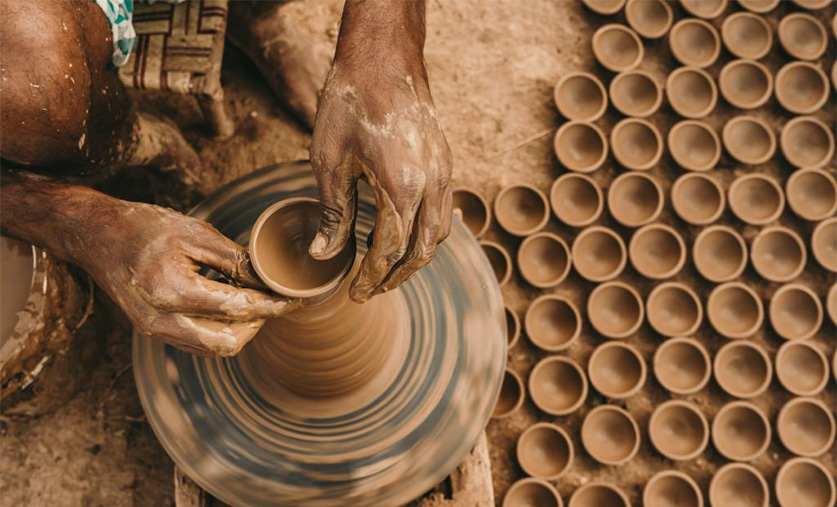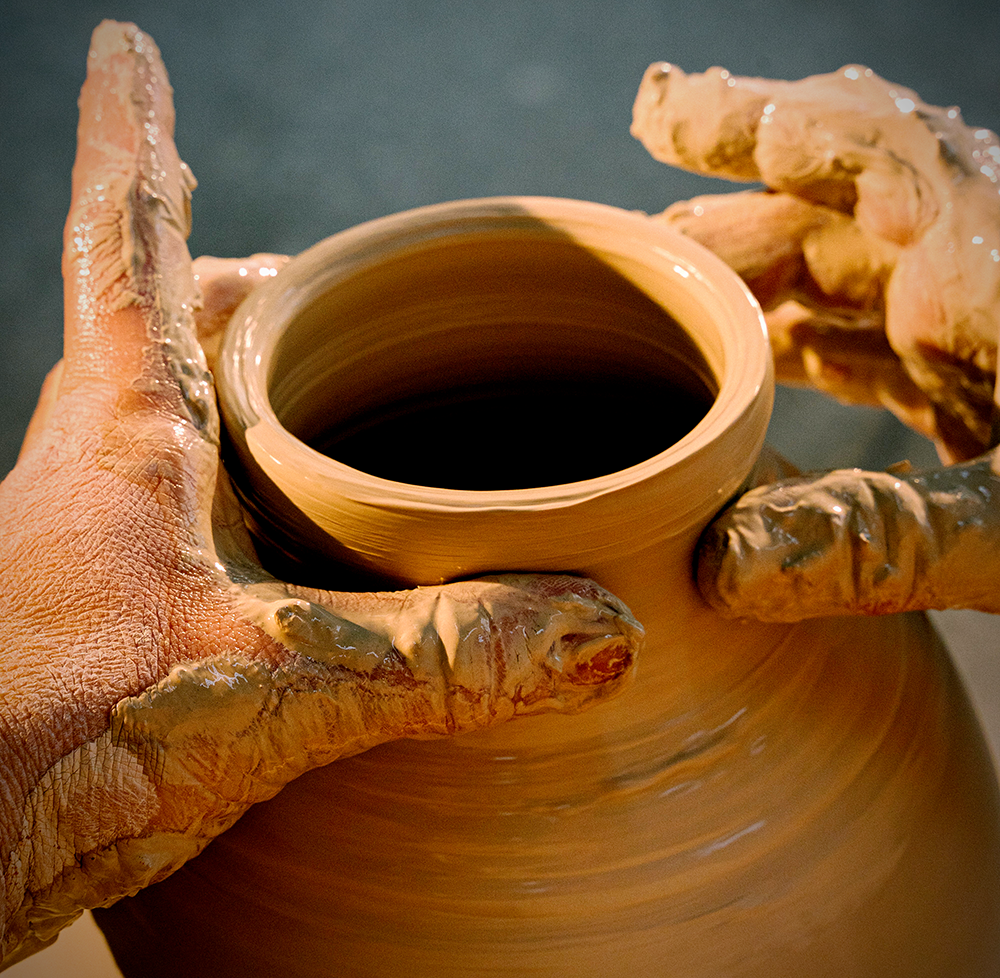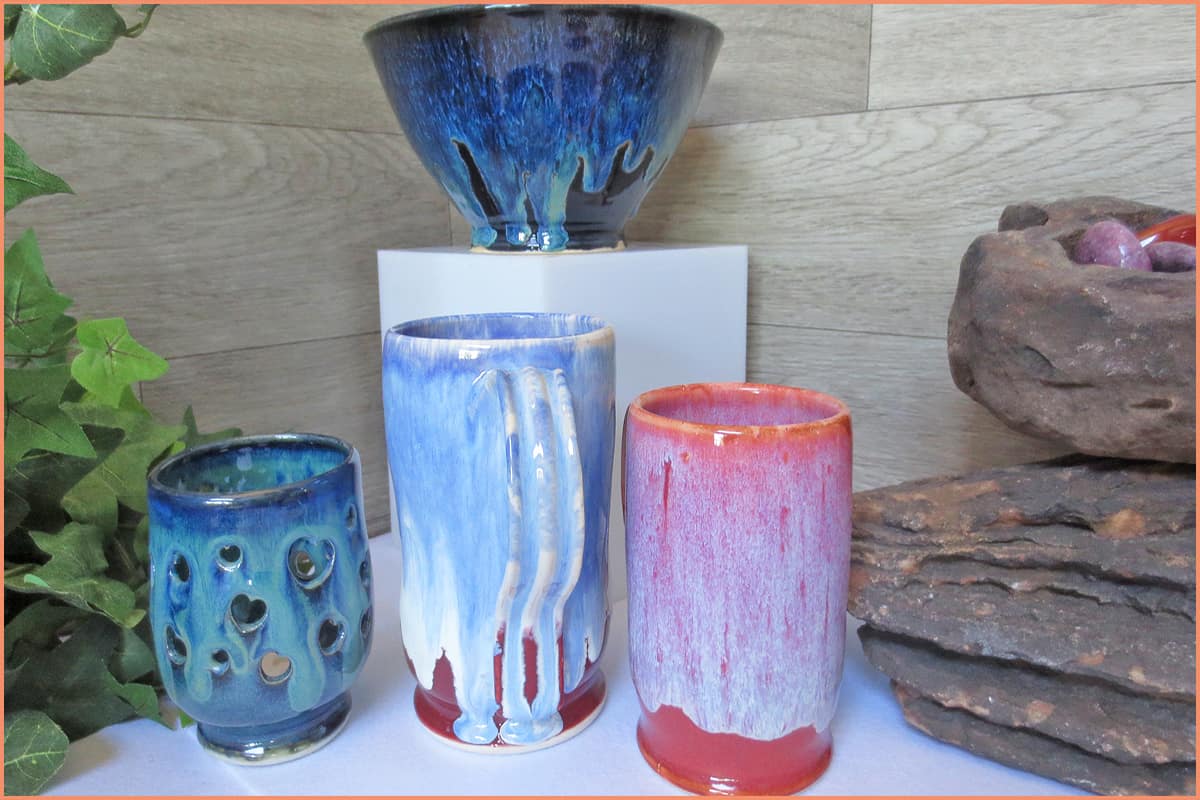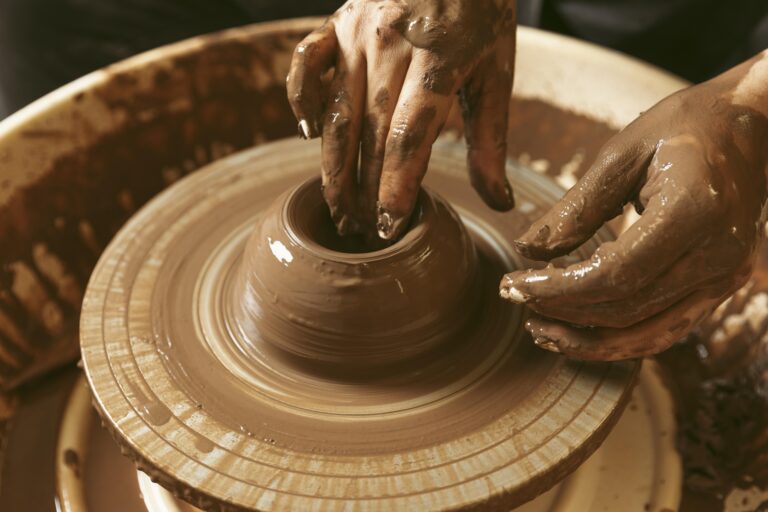The Art of Pottery: Creating Beautiful Ceramic Art
Pottery – the word itself evokes images of spinning wheels, skilled hands shaping clay, and the smell of earth mingling with the warmth of a kiln. It's a craft that has stood the test of time, transcending civilizations, and leaving behind a legacy of beauty and utility. Welcome to the fascinating world of pottery, where artists transform humble clay into stunning works of art. Join me as we explore the essence of The Art of Pottery: Creating Beautiful Ceramic Art.
Unveiling the Essence
At its core, pottery is the art of creating ceramic objects from clay. But it's more than just shaping mud into vessels; it's a journey of creativity, patience, and craftsmanship. The allure of pottery lies in its ability to blend form and function seamlessly, producing pieces that are not only aesthetically pleasing but also serve a practical purpose.
Imagine a potter at their wheel, hands deftly guiding the clay as it spins. With each gentle touch, they coax the shapeless mass into being, moulding it into vessels of various shapes and sizes. From delicate teacups to robust vases, pottery encompasses a diverse range of forms, each bearing the imprint of the artist's vision and skill.
Key Aspects
1. Clay: The Elemental Canvas
Central to pottery is clay – a versatile medium that holds endless possibilities. Derived from the earth itself, clay comes in various types, each with its unique properties. From the fine-grained porcelain favoured for its translucency to the gritty stoneware prized for its durability, potters carefully select the clay that best suits their artistic intent.
2. Techniques: From Wheel to Handbuilding
Pottery techniques can be broadly classified into wheel throwing and handbuilding. Wheel throwing involves shaping clay on a spinning wheel, allowing for symmetrical forms such as bowls and cups. In contrast, hand-building entails sculpting clay manually, offering greater freedom for creativity and experimentation. Whether it's pinching, coiling, or slab construction, hand-building techniques enable artists to imbue their creations with character and charm.
3. Glazing and Firing: The Transformation
Once the form is crafted, it's time to add colour and texture through glazing. Glazes, made from various minerals and oxides, transform ordinary clay into vibrant works of art. From glossy finishes to matte textures, the possibilities are endless, limited only by the artist's imagination. After glazing, the pieces are fired in a kiln, where they undergo a magical transformation. The intense heat not only strengthens the clay but also fuses the glaze to its surface, creating a durable and lustrous finish.
Relevance in the Modern World
In an age dominated by mass production and digital technologies, pottery offers a refreshing antidote – a return to the tactile and the handmade. In a world inundated with disposable goods, handmade pottery stands as a testament to craftsmanship and sustainability. Each piece bears the mark of its creator, embodying a sense of authenticity and individuality that mass-produced items lack.
Moreover, pottery serves as a bridge between the past and the present, preserving ancient techniques while embracing contemporary innovations. In pottery studios around the world, artists draw inspiration from traditional forms and motifs, infusing them with a modern twist. Thus, pottery not only connects us to our cultural heritage but also propels us forward into new realms of creativity and expression.
Personal Reflections
As someone who has dabbled in pottery myself, I can attest to its therapeutic and transformative power. There's something inherently soothing about working with clay – the rhythmic motion of the wheel, the earthy scent filling the air, the sense of quiet concentration as you shape your vision into reality. In a world filled with noise and distractions, pottery offers a sanctuary – a space where time slows down, and you can immerse yourself fully in the act of creation.
One of my most memorable experiences with pottery was during a workshop where I had the opportunity to try my hand at Raku firing – an ancient Japanese technique known for its unpredictable and dramatic results. As I watched my piece emerge from the kiln, its surface crackling with fiery hues, I was struck by the beauty of imperfection – the way the glaze dripped and pooled, creating patterns that were uniquely my own. It was a reminder that in pottery, as in life, perfection is overrated – it's the flaws and quirks that make each piece truly special.
Conclusion: A Journey Worth Pursuing
In conclusion, The Art of Pottery: Creating Beautiful Ceramic Art is a rich and rewarding pursuit that invites us to slow down, connect with our creativity, and embrace the beauty of imperfection. Whether you're a seasoned artisan or a curious beginner, there's something magical about working with clay – the way it yields to your touch and the endless possibilities it holds. So why not embark on your own pottery journey? Who knows what wonders await as you mould, shape, and transform humble clay into works of art that will stand the test of time.
As we bid farewell to this exploration, I leave you with a quote from the renowned potter Bernard Leach: "The work of art is a scream of freedom." May pottery be your canvas for expression, your sanctuary of solace, and your joyful scream of freedom.







Comments
Post a Comment